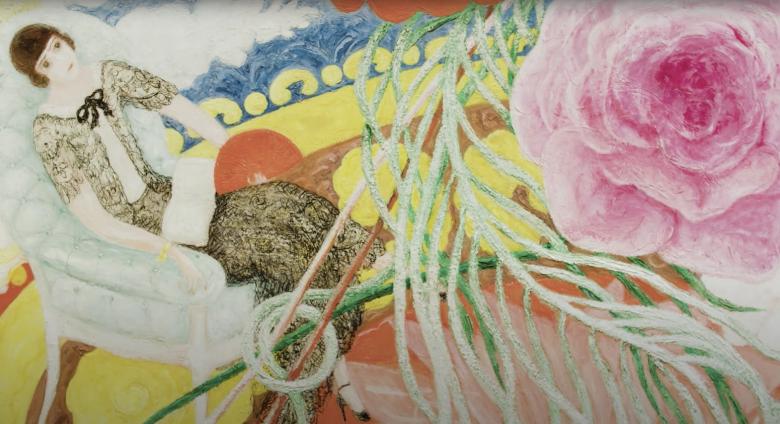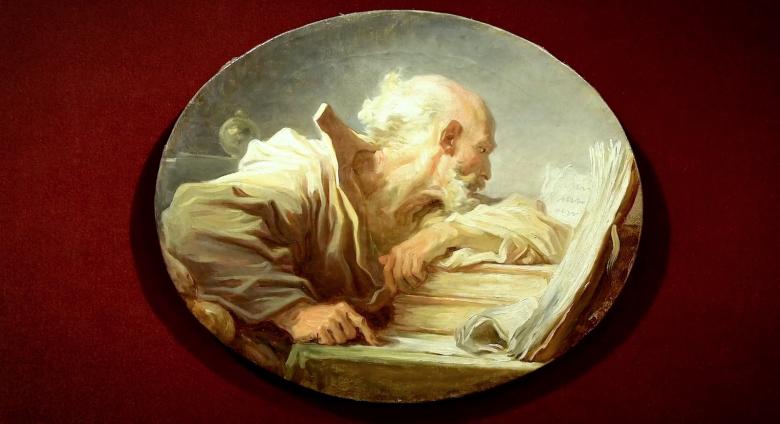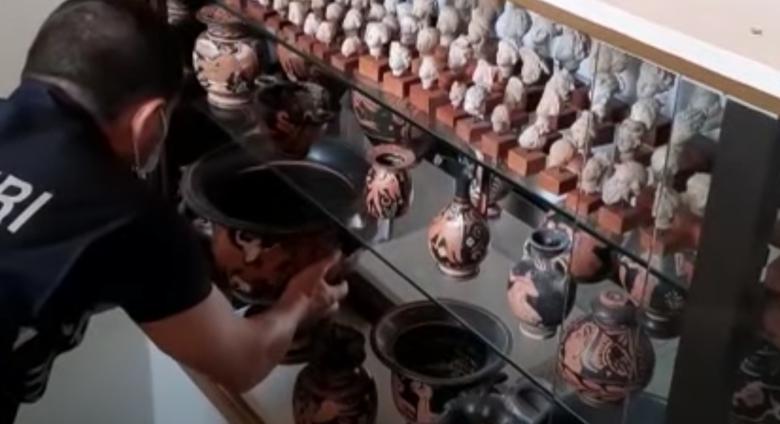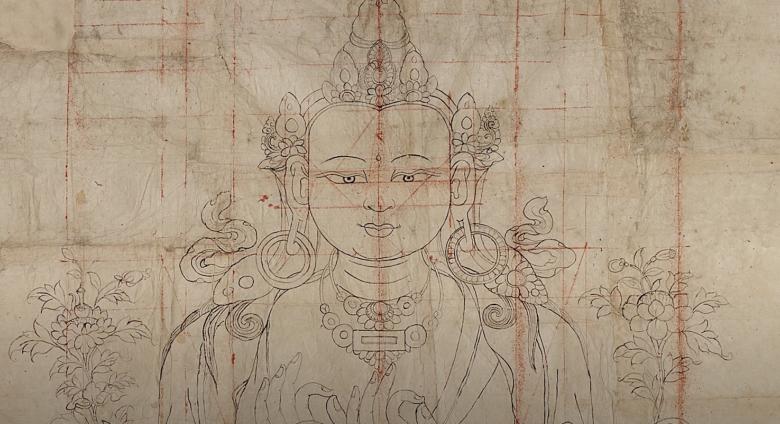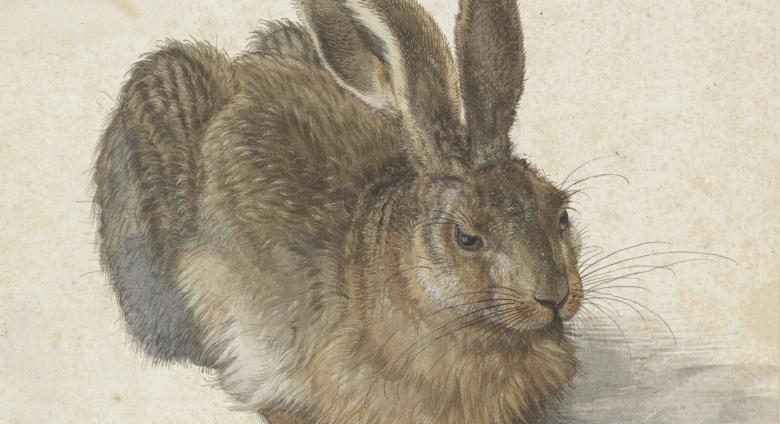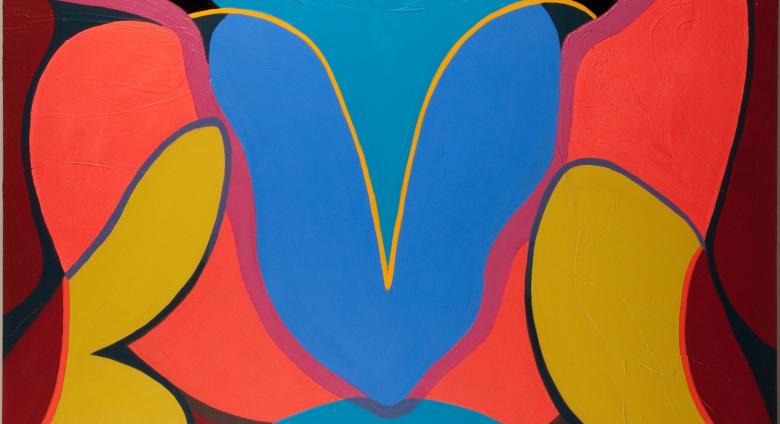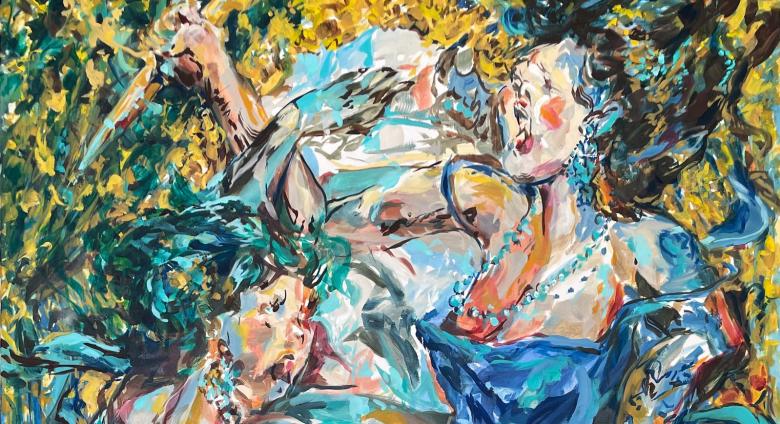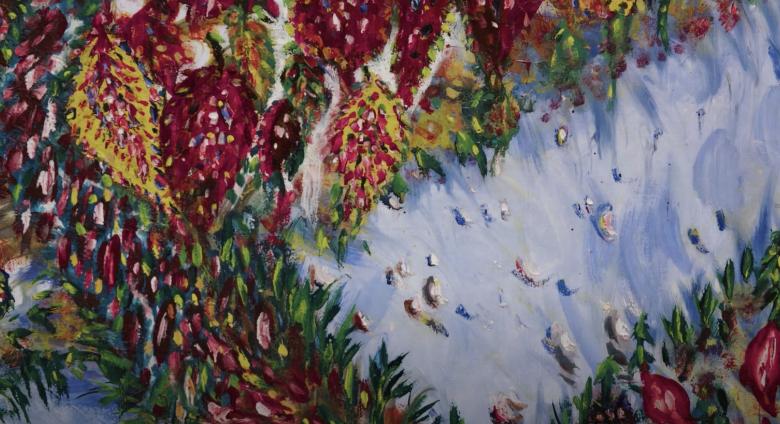June 2021 Art News
MoMA's Kristen Di Lonardo, department manager in Visitor Engagement, looks behind the curtain at Florine Stettheimer’s Family Portrait, II and marvels at its intricate detail and sense of theatricality.
Take a moment to learn more about this preparatory drawing of the Bodhisattva Maitreya. Listen to Najiba Choudhury, Assistant Information Specialist & Provenance Researcher Smithsonian's National Museum of Asian Art, as she shares who made this monumental drawing, for what purpose, and how it came to be part of our museum's collection.
A long-overdue cleaning reveals a world of vibrant color in a Séraphine Louis's 1928 painting "Tree of Paradise." Heidi Hirschl Orley, MoMA assistant director of Curatorial Affairs, talks about the conservation effort that brought new life to the painting.





